On World Day of Indigenous Peoples, Sudanese struggle between margins and massacres
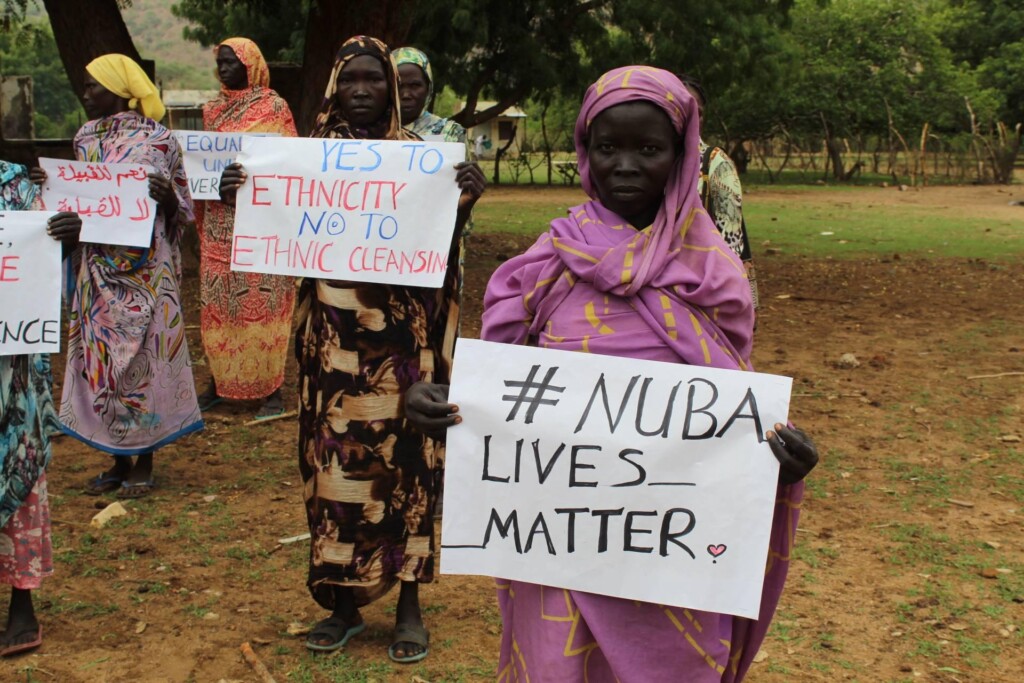
Women and children of Kauda, Nuba mountains, Sudan, stood up against the targeting and killing of the Nuba people across Sudan in 2023 (File photo: RD)
As the world marks the International Day of the World’s Indigenous Peoples on August 9, Sudan remains the world’s largest displacement crisis. According to the latest UNHCR Sudan Emergency Appeal, since the violence broke out on 15 April 2023, nearly 13 million people have been displaced, 8.8 million internally displaced and nearly four million have sought refuge in neighbouring countries. An IOM update in April 2025 confirmed that more than 11.3 million are now internally displaced, where 8.6 million of them uprooted by the current conflict, while additional 3.9 million have fled as refugees.
Observed globally, endured locally
The aim of the International Day of the World’s Indigenous Peoples, to empower people and take a hand in their own destiny and self-determination, stands at odds with the lived realities of Sudan’s indigenous communities. Groups such as the Masalit, Fur, Zaghawa, Nuba, and Beja, long subjected to structural marginalisation, now face escalating displacement, loss of heritage, and restricted access to basic rights. While the international observance calls for youth empowerment and leadership, many indigenous youth in Sudan have been forced into displacement, deprived of education and security, or have died, whether inside the country, in neighbouring states, or while attempting dangerous journeys across borders in search of safety and opportunity.
UNICEF reports that more than seven million children have been displaced since the conflict began, and more than 15 million are now in urgent need of humanitarian assistance, making Sudan the world’s largest child displacement crisis and caretaker of generations at risk of being lost entirely.
Historical origins of ethnic cleansing
Sudan’s present-day indigenous groups crisis is rooted in decades of structural marginalisation. Colonial land laws, particularly the 1970 Unregistered Lands Act, stripped indigenous pastoralist and farming communities- especially in Darfur and the Nuba Mountains- of their ancestral lands by declaring all unregistered land as state property. The Act’s enforcement enabled state-backed expansionism and forced displacement of communities such as the Moro Nuba, Masalit, Zaghawa, Fur, and Beja.
Post-independence regimes deepened this exclusion through Arab-centric identity policies, dismantling native administrations, and politically marginalising non-Arab populations. These systems made indigenous peoples legally invisible, economically expendable, and vulnerable to recurring cycles of state neglect, repression, and ethnic targeting.
As early as 1999, humanitarian expert Roger Winter warned of an orchestrated campaign of “deliberate cultural liquidation” by the Sudanese government in his report The Nuba People: Confronting Cultural Liquidation He documented how entire Nuba villages were destroyed, languages suppressed, and communities displaced under the pretext of counterinsurgency or development. His findings revealed a pattern of cultural erasure that would later be replicated in Darfur and beyond.
During the Omar Al-Bashir dictatorship (1989- 2019), these patterns were weaponised. His regime armed Arab militias – later known as the Janjaweed – and launched systematic campaigns of destruction against non-Arab farming communities in Darfur, including the Fur, Masalit, and Zaghawa. These campaigns led to mass killings, widespread displacement, and the destruction of entire villages. Human Rights Watch later described the regime’s legacy as one of entrenched impunity and state-enabled ethnic cleansing.
From land laws to military campaigns, Sudan’s indigenous communities have endured a long history of state-led exclusion and violence. These foundations continue to shape the targeted displacement and cultural erasure unfolding in Sudan today.
Indigenous culture celebrated in Sudan, but still unrecognised
For years, Sudan’s indigenous communities, particularly the Nuba, have used the International Day of the World’s Indigenous Peoples to assert their identity, showcase cultural resilience, and demand constitutional inclusion. In 2014, hundreds gathered in Omdurman to mark the day with traditional music and calls for justice. One attendee declared, “We still suffer from racial discrimination and exclusion,” while another spoke of relatives displaced by war in South Kordofan. A Nuba academic at a cultural exhibition in Khartoum lamented, “We are not included in the banner of the United Nations … we will work until we are recognised.”
In 2018, organisers reiterated that the day’s purpose was “to introduce the rights of the indigenous people in Sudan, especially the Nuba.” Calls were made for representation in national media and for state recognition of Sudan’s indigenous populations in constitutional frameworks. Despite international declarations of support- such as one in 2021 affirming that “indigenous survival is tied to land, language, and cultural rights“, local communities have yet to see these principles translated into protections or policy.
Ethnic cleansing in West Darfur
According to the Human Rights Watch’s May 2024 report, The Massalit Will Not Come Home, between April and November 2023, Rapid Support Forces (RSF) and allied militias carried out a campaign of ethnic cleansing in El Geneina, West Darfur, resulting in the deaths of at least thousands of people and the displacement of hundreds of thousands into neighbouring Chad, predominantly from the Masalit ethnic group. Human Rights watch documented mass killings, sexual violence, village destruction, and the targeting of civilians sheltering in health facilities. One survivor described how RSF fighters stormed a medical clinic: “They started shooting at us and killed everyone except me and a woman.” Satellite imagery, mass grave documentation, and dozens of testimonies confirmed that entire neighbourhoods were destroyed or emptied during the attacks. The report concluded that the RSF’s actions may amount to crimes against humanity and ethnic cleansing.
In support of these findings, Radio Dabanga corroborated these findings in its 2023 field reports, documenting the discovery of at least 30 mass graves in El Geneina and accusations that RSF forces razed displacement camps to conceal evidence. A separate article cited UN efforts to verify credible reports of ethnic violence in the city, reporting over 800 killed and thousands fleeing into Chad.
Additionally, the Human Rights Watch Sudan Chapter further reported further noted that RSF forces and allied militias carried out widespread abuses in Darfur and other regions, including massacres, ethnic targeting, sexual violence, attacks on displacement camps, and torture. It also warned that state collapse had created a power vacuum in which the RSF expanded its territorial control, particularly in resource-rich areas of Darfur and Kordofan, where many atrocities against non-Arab communities were concentrated.
Additional coverage from Dabanga highlighted the RSF’s methodical destruction in West Darfur as potentially amounting to genocide, with satellite images, eyewitness testimonies, and further mass graves cited as key evidence.
Ongoing atrocities across Darfur
By late 2024, UN experts confirmed that Masalit civilians were being killed, raped, and expelled in what amounts to ethnic cleansing, with the UN Fact-Finding Mission reporting that “thousands of civilians have been killed, with many more subjected to rape and other forms of sexual violence, forced displacement, and other serious human rights violations.”
Meanwhile, camps that once served as sanctuaries have become battle zones. In April 2025, the RSF attacked Zamzam and Abu Shouk camps, displacing more than 400,000 people and repurposing Zamzam as a military base. Malnutrition has soared. The Sudanese Doctors’ Union reported over 522,000 child deaths from hunger. In Chad, displaced girls as young as 12 were raped while collecting firewood, underscoring the intersecting vulnerabilities of indigenous women and children.
The move to protection and recognition
Indigenous youth in Sudan act as agents of change, yet self-determination remains less a right than a struggle for survival. Amid the violence and systemic neglect, grassroots efforts persist yet determined.
In the Nuba Mountains, local educators, artists, and activists have continued cultural documentation and community teaching under extreme circumstances. Organisations such as Nuba Mountains Solidarity Abroad have long worked to preserve cultural memory and raise awareness about the persecution of Nuba people, especially during years of conflict and state-led marginalisation. And the Beja Youth Network run storytelling campaigns, language documentation, and remote learning sessions.
These grassroots efforts suggest that, even amid silence, indigenous youth continue to embody the change this year’s theme envisions.
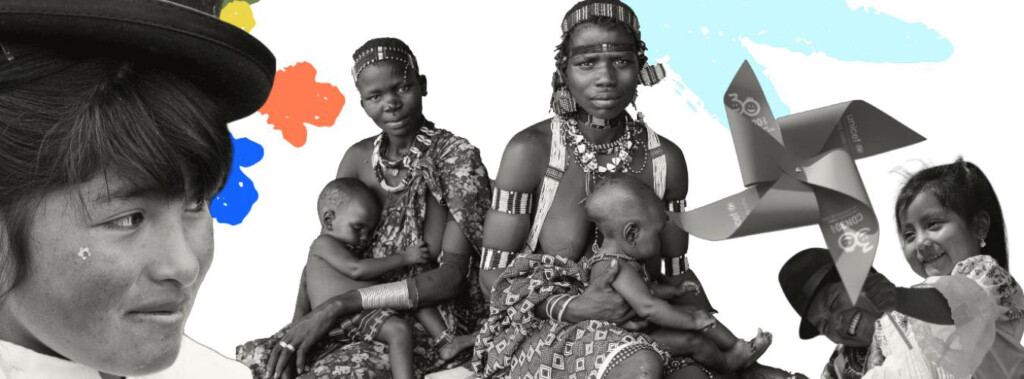


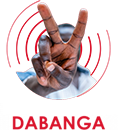
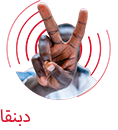



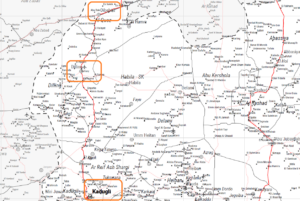
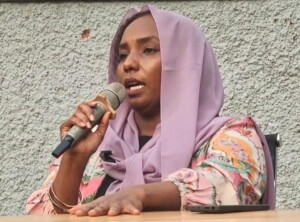
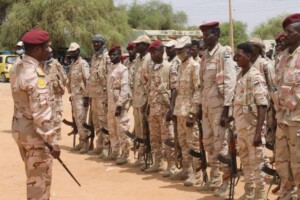
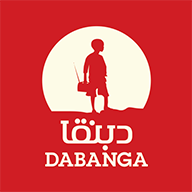
 and then
and then